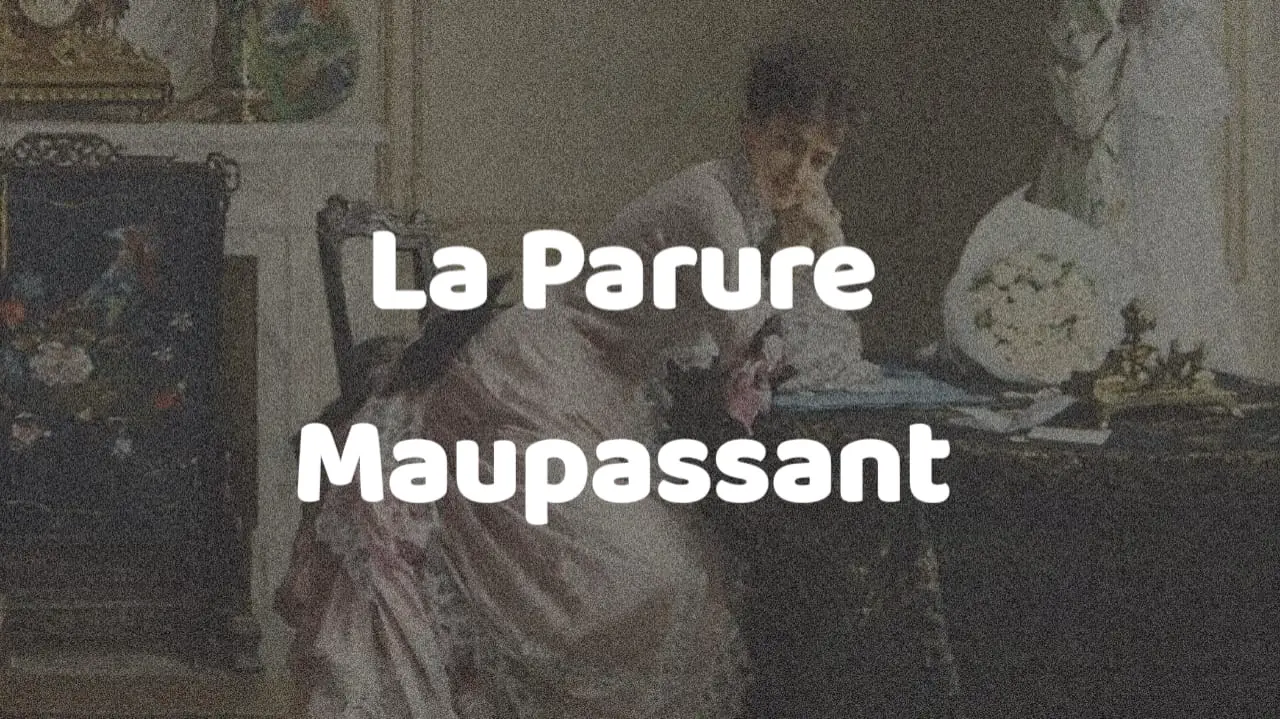La Parure Maupassant PDF Free Download
In the world of classic literature, few short stories have left as indelible a mark as Guy de Maupassant’s “La Parure,” or “The Necklace” in English. This timeless masterpiece, penned by the French literary giant in the late 19th century, continues to captivate readers with its exploration of human nature, ambition, and the consequences of deceit. In this article, we delve into the intricacies of “La Parure Maupassant” and uncover the hidden gems within its narrative.

The Life of Guy de Maupassant
Early Years and Literary Aspirations
Guy de Maupassant, born in Normandy in 1850, was a prolific French writer known for his naturalist and realist writing styles. His upbringing in a troubled family and his experiences during the Franco-Prussian War deeply influenced his work.
The Literary Legacy
Maupassant’s literary career soared, and he became a protege of the famous writer Gustave Flaubert. His works are celebrated for their vivid portrayal of human emotions and societal issues.
“La Parure” – The Plot Unveiled
The Protagonists
The story revolves around Madame Mathilde Loisel, a discontented woman who longs for a life of luxury, and her husband Monsieur Loisel, a clerk at the Ministry of Public Instruction.
The Fateful Invitation
Madame Loisel receives an invitation to a high-society ball, setting the stage for her yearning for opulence.
The Missing Necklace
After borrowing an exquisite diamond necklace from a friend to wear to the ball, disaster strikes as she loses it.
The Sacrifices
To replace the lost necklace, the Loisels plunge into financial ruin, taking on debt and working tirelessly.
The Unexpected Revelation
Years later, a shocking revelation unfolds, turning their lives upside down.
Also Read This : Rakshabandhan Quotes In Marathi
Themes and Symbolism
The Pursuit of Materialism
Madame Loisel’s insatiable desire for wealth and social status drives the narrative, highlighting the perils of materialism.
The Power of Illusion
The necklace itself becomes a symbol of the illusion Madame Loisel chases, ultimately leading to her downfall.
Irony and Deception
Maupassant’s masterful use of irony and deception adds layers of complexity to the story, leaving readers in awe of his narrative prowess.
Maupassant’s Writing Style
Realism in Description
The author’s vivid descriptions bring 19th-century Paris to life, allowing readers to immerse themselves in the setting.
Psychological Insight
Maupassant’s deep understanding of human psychology shines through his characters, making them relatable and authentic.
Conclusion
“La Parure Maupassant” remains a powerful exploration of human desires and the consequences of pursuing them recklessly. Guy de Maupassant’s timeless tale serves as a cautionary reminder that the pursuit of materialism can lead to unexpected and devastating outcomes.
FAQs (Frequently Asked Questions)
Que: Is “La Parure” a true story?
Ans: No, “La Parure” is a work of fiction created by Guy de Maupassant, a renowned French author.
Que: What is the central theme of “La Parure”?
Ans: The central theme of “La Parure” is the destructive power of materialism and the consequences of pursuing it blindly.
Que: How does Guy de Maupassant use irony in the story?
Ans: Maupassant employs irony by creating a stark contrast between Madame Loisel’s expectations and the reality of her situation, resulting in a powerful narrative twist.
Click Here To Download PDF For Free








